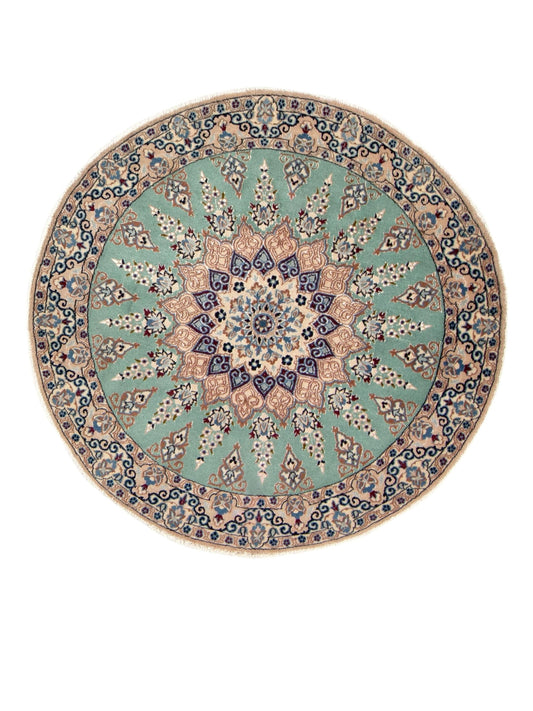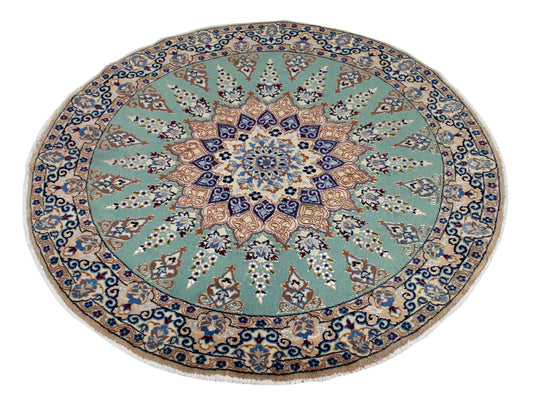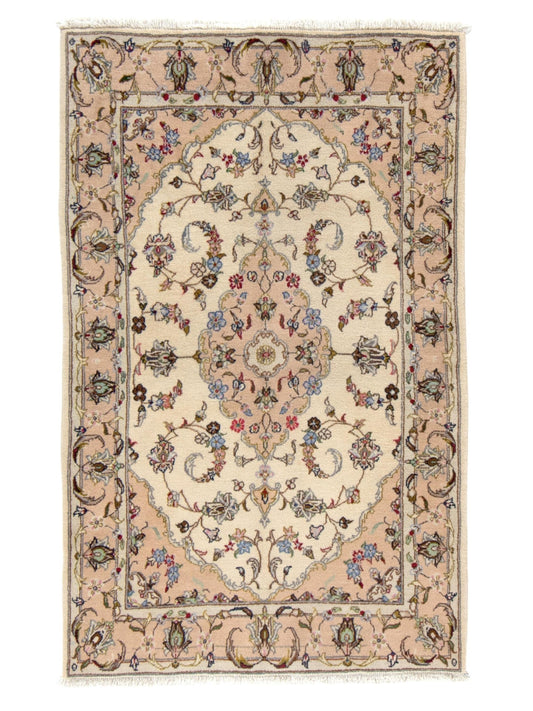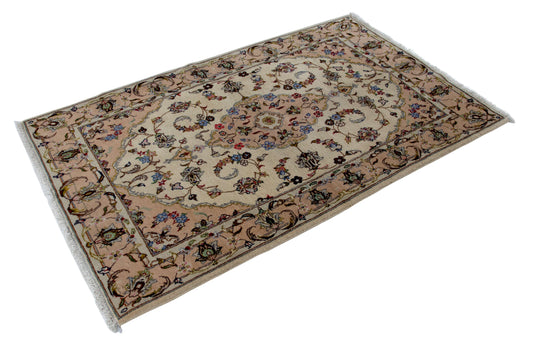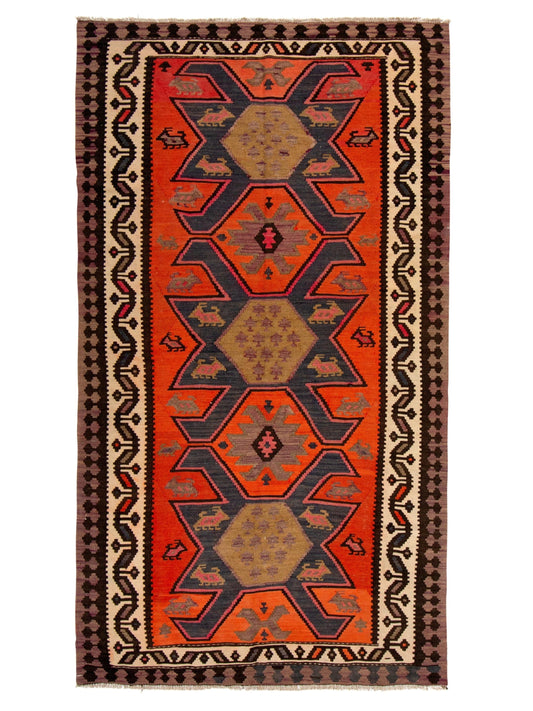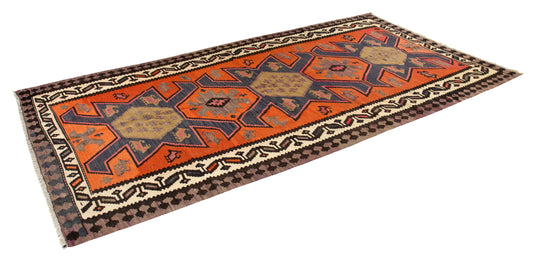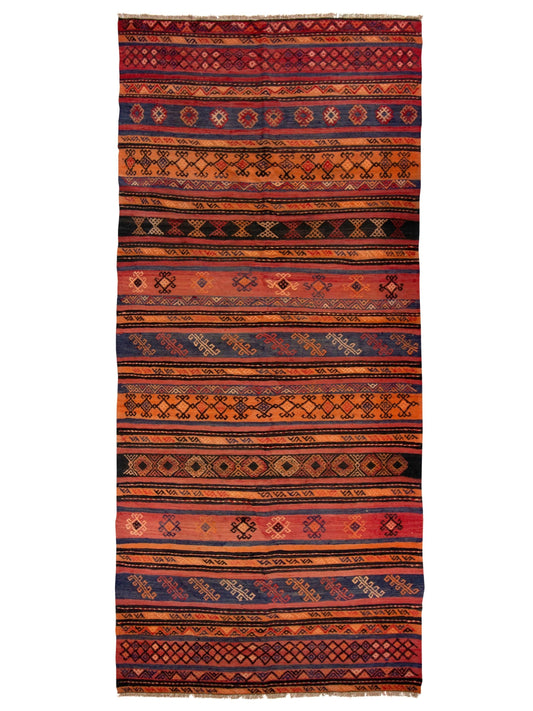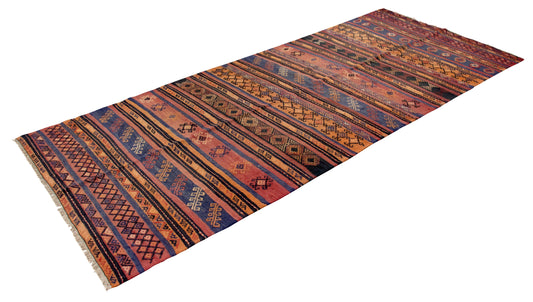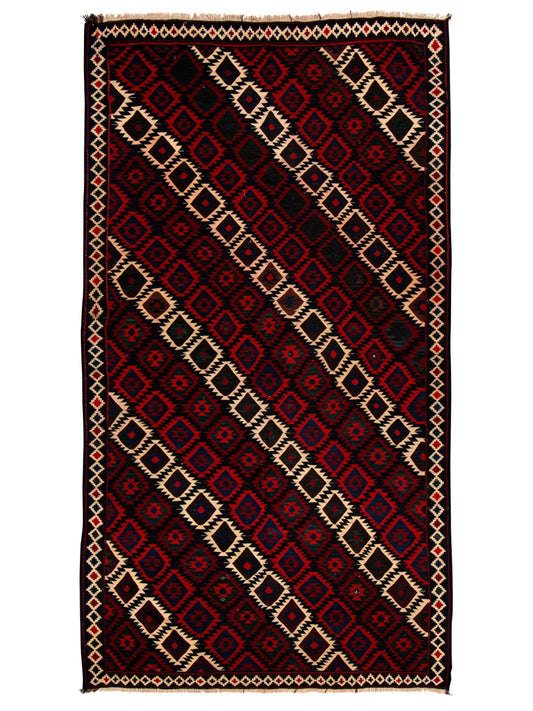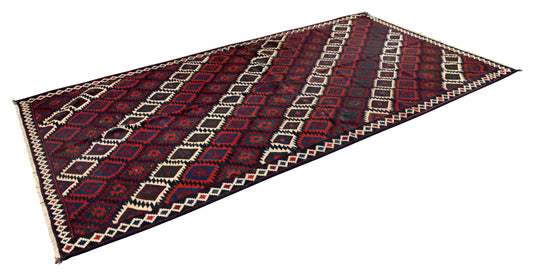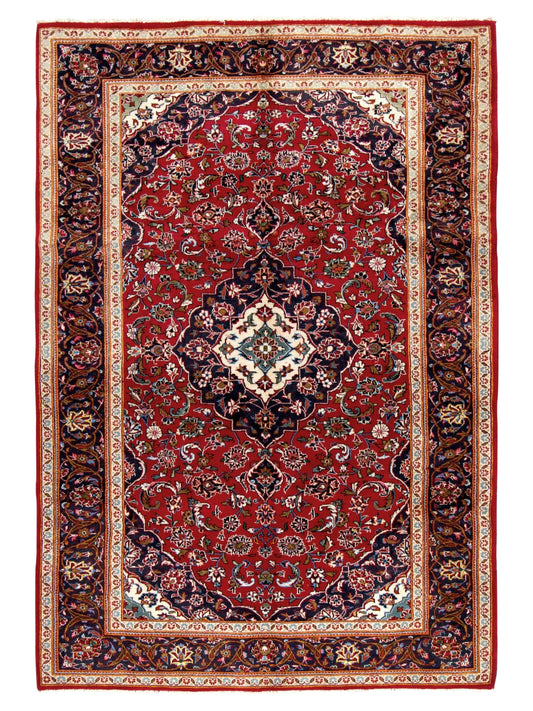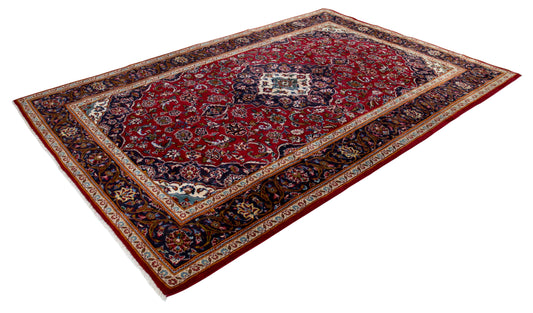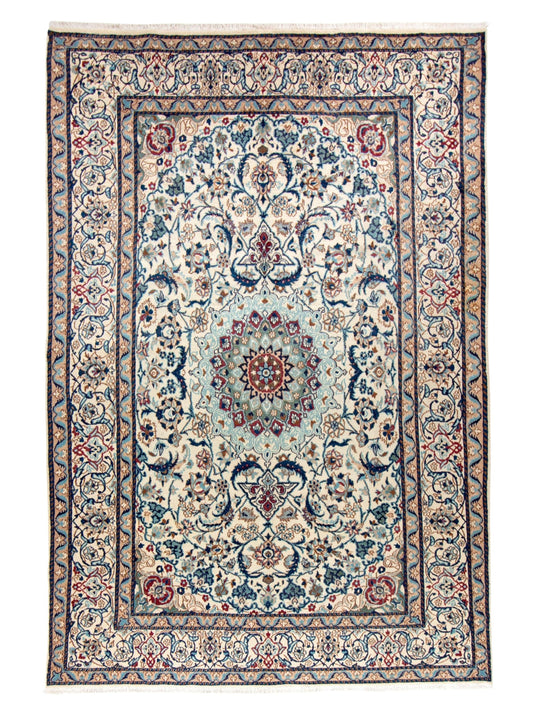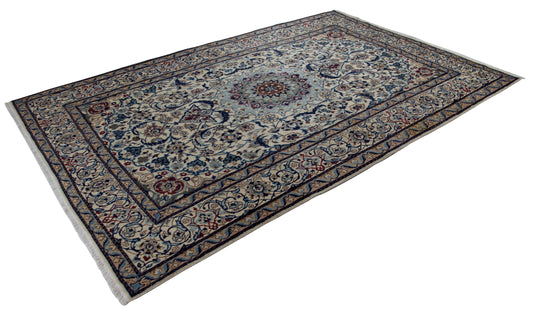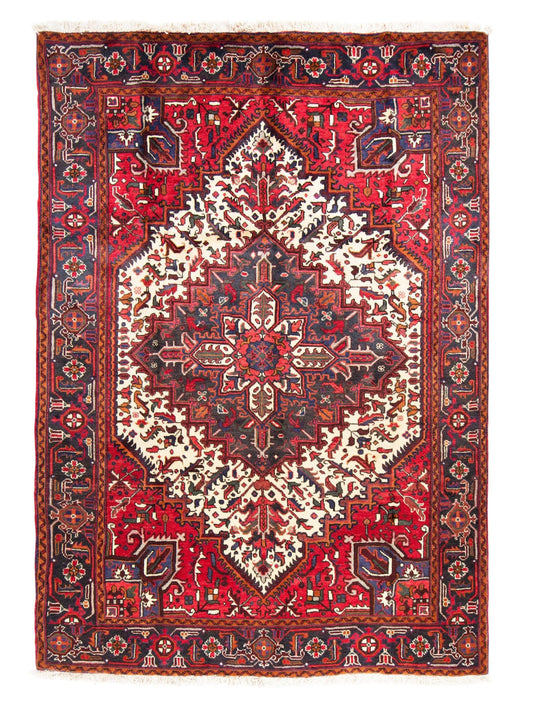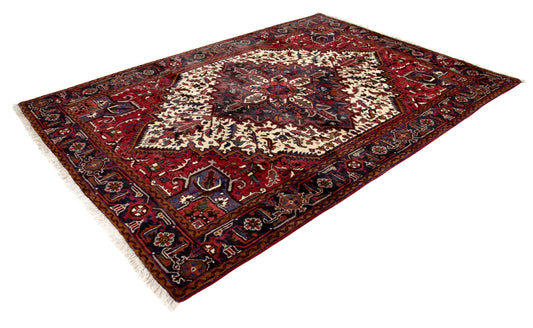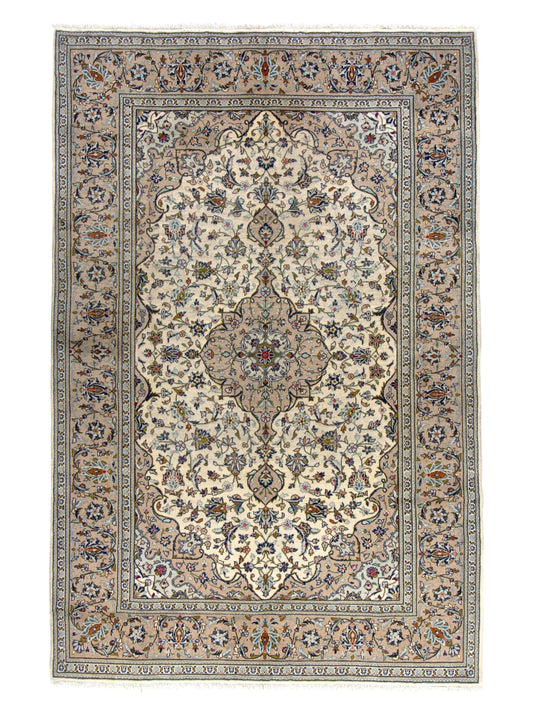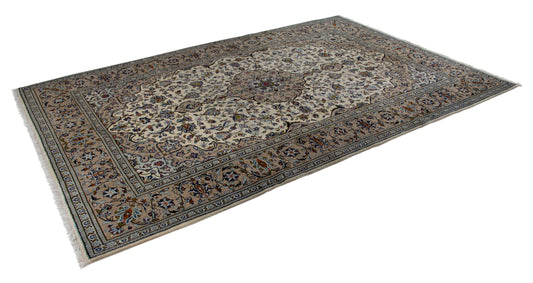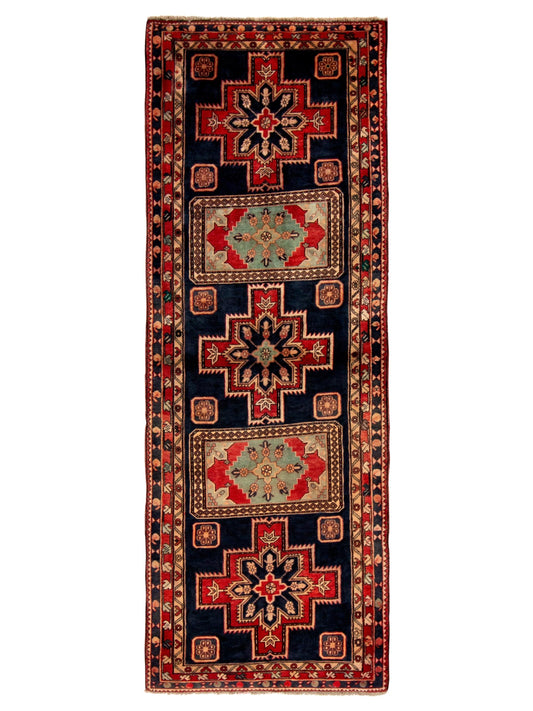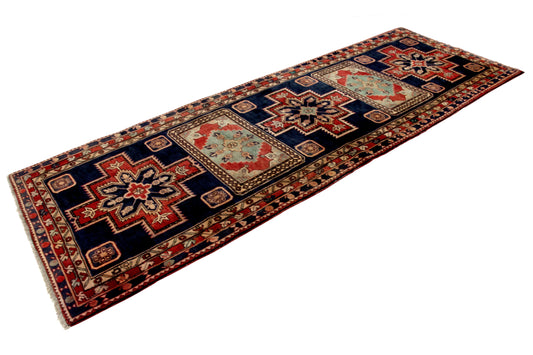Persian Rugs FAQs
Collapsible content
How Accurate are the Carpet Images and Descriptions?
We strive for accuracy in our online representations. The pictures were captured using a high-quality DSLR camera with professional white studio lighting. However, variations in house lighting, pile direction and screen settings may slightly alter appearances.
Are Irregularities in My Carpet a Concern?
Handmade carpets often have unique variations, like uneven fringes or slight colour deviations. These characteristics highlight the authenticity of handcrafted rugs and do not diminish their value.
Should I be concerned about fold marks?
Upon delivery, you may notice folds or lines on your carpet, which are a result of the packaging process where the carpets are folded for transit. These marks are normal and will gradually disappear with regular use and time. There's no need for concern, as this is a common occurrence with delivered carpets and does not affect their quality or durability.
How to Handle Carpet Shedding?
Shedding is common for new carpets, especially in areas with frequent foot traffic. Regular vacuuming helps manage this natural process.
Carpet Cleaning Recommendations?
To uphold the grandeur and longevity of your Persian rug, a consistent mix of routine and periodic care is key. Lightly vacuum your rug weekly, taking care to avoid the delicate fringes. Each month, perform a more comprehensive clean, vacuuming both the front and reverse using a brushless suction head to protect the fibres. Seasonally, rotate your rug to evenly distribute wear and counteract colour fading from sunlight exposure. By adhering to these practices, you'll significantly enhance the lifespan and aesthetic appeal of your rug, preserving its intrinsic value for years to come.
What is the Composition of a Persian Rug?
Persian Rugs are traditionally made with a combination of warp, weft, and pile. The warp (longitudinal threads) and weft (horizontal threads) create the foundation, while the pile, usually made of high-quality wool or silk, forms the carpet's visible pattern. Pure silk carpets are exclusively made from silk fibres. The carpet's appearance can vary slightly depending on the direction of the pile and your screen settings.
What Determines a Carpet's Value?
A carpet's value is influenced by several factors, including knot density (measured in knots per square meter), material quality, craftsmanship, and the intricacy of its design. Knot density provides a good indication, but the overall assessment considers various aspects of the carpet's creation and composition.
How Can I Calculate My Carpet's Knot Density?
To estimate the knot density, count the knots along a 1 cm line both vertically and horizontally on the carpet's back, then multiply these numbers by 10,000. For a more accurate figure, use a 10 cm line and multiply by 100.
Does the Carpet Size Include Fringes?
No, the stated dimensions of our carpets exclude the fringes. The length mentioned pertains solely to the carpet body.
What About Custom-Sized Carpets?
Currently, we don’t offer custom-sized rugs. Use our size filters to find suitable options, or contact our Customer Service for assistance.
How Do I Classify the Age of My Carpet?
Our carpets are categorised by age: New (0-30 years), Vintage (30-100 years), and Antique (over 100 years). This classification helps in understanding the carpet's historical and artistic value.
What does the 'La' in Nain rugs stand for? (12, 9, 6 and 4La)
The 'La' (meaning 'layer' in Persian) is a crucial indicator of carpet quality in Nain carpets. It refers to the number of thread layers per warp thread. Generally, the lower the La number, the higher the carpet's quality. For instance, a 9 La Nain carpet, with nine thread pairs per fringe, typically has a knot density ranging from 400,000 to 600,000 knots per square meter, reflecting a high level of craftsmanship. A 6 La Nain, with three pairs of threads per fringe, displays an even finer weave, with a knot density approaching 850,000 to 1 million knots per square meter. The rarest and most luxurious Nain carpets, often marked as 4 La, feature an extraordinarily high knot density exceeding 1 million knots per square meter, a testament to their exceptional detail and craftsmanship.
What does Raj in Tabriz rugs stand for? (35, 50, 60 and 70 Raj)
The quality of a Tabriz carpet is often indicated by its Raj rating, which refers to the knot density in a specific area of the carpet. The term "Raj" relates to the number of knot rows within a 7 cm span. For example, a 35 Raj Tabriz typically showcases around 300,000 knots per square meter, indicating a finely crafted carpet. As the Raj number increases, so does the knot density and intricacy of the design. A 50 Raj might have between 500,000 and 600,000 knots per square meter, while a 60 Raj Tabriz can go up to 750,000 to 900,000 knots per square meter. The most exquisite and detailed Tabriz carpets, such as those rated 70 Raj, boast up to 1 million knots per square meter, making them rare and highly valued pieces.
Can I Use the Carpet with Underfloor Heating?
Yes, our carpets are suitable for use with underfloor heating, provided they operate within normal temperature ranges.
FAQs
Explore our frequently asked questions for insights into our products and services.
-
Fine 9La Nain 110x110 cm
Regular price £450.00 GBPRegular priceUnit price / per£600.00 GBPSale price £450.00 GBPSale -
Kashan 160x105 cm
Regular price £420.00 GBPRegular priceUnit price / per -
Vintage Kilim Qashqai 280x160 cm
Regular price £580.00 GBPRegular priceUnit price / per£640.00 GBPSale price £580.00 GBPSale -
Kilim Yamut 340x158 cm
Regular price £650.00 GBPRegular priceUnit price / per£720.00 GBPSale price £650.00 GBPSale -
Kilim Qashqai 320x170 cm
Regular price £420.00 GBPRegular priceUnit price / per£540.00 GBPSale price £420.00 GBPSale -
Kashan 285x200 cm
Regular price £1,250.00 GBPRegular priceUnit price / per -
Nain 12La 296x194 cm
Regular price £1,600.00 GBPRegular priceUnit price / per -
Heriz 287x207 cm
Regular price £1,900.00 GBPRegular priceUnit price / per -
Kashan 300x200 cm
Regular price £1,500.00 GBPRegular priceUnit price / per -
Heriz 320x115 cm
Regular price £730.00 GBPRegular priceUnit price / per

